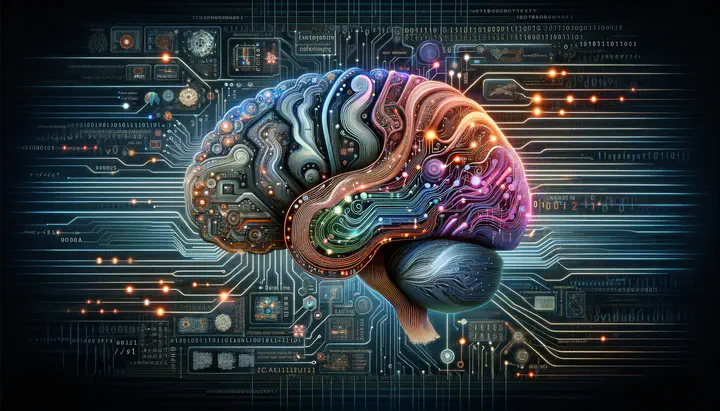Causal Graph in Language Model Rediscovers Cortical Hierarchy in Human Narrative Processing
 Image credit: OpenAI
Image credit: OpenAIAbstract
Understanding how humans process natural language has long been a vital research direction. The field of natural language processing (NLP) has recently experienced a surge in the development of powerful language models. These models have proven to be invaluable tools for studying another complex system known to process human language, the brain. Previous studies have demonstrated that the features of language models can be mapped to fMRI brain activity. This raises the question, is there a commonality between information processing in language models and the human brain? To estimate information flow patterns in a language model, we examined the causal relationships between different layers. Drawing inspiration from the workspace framework for consciousness, we hypothesized that features integrating more information would more accurately predict higher hierarchical brain activity. To validate this hypothesis, we classified language model features into two categories based on causal network measures, “low in-degree” and “high in-degree”. We subsequently compared the brain prediction accuracy maps for these two groups. Our results reveal that the difference in prediction accuracy follows a hierarchical pattern, consistent with the cortical hierarchy map revealed by intrinsic time constants. This finding suggests a parallel between how language models and the human brain process linguistic information.